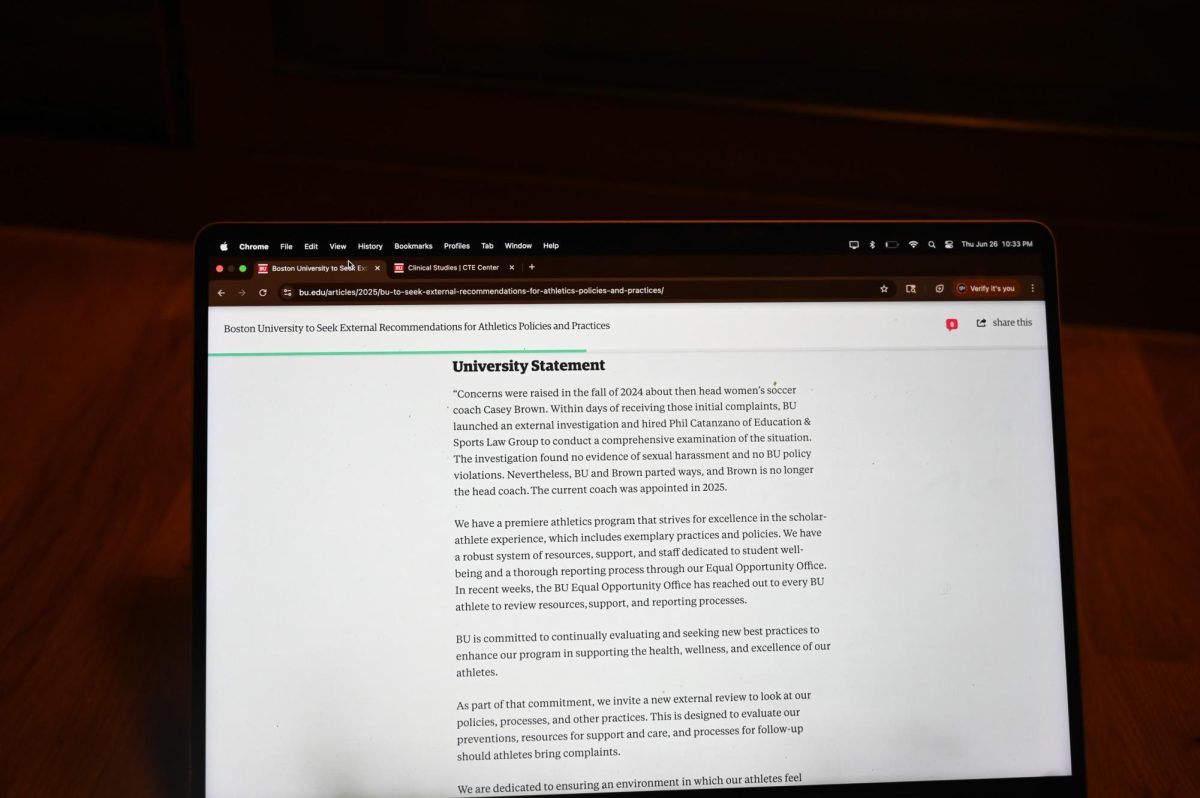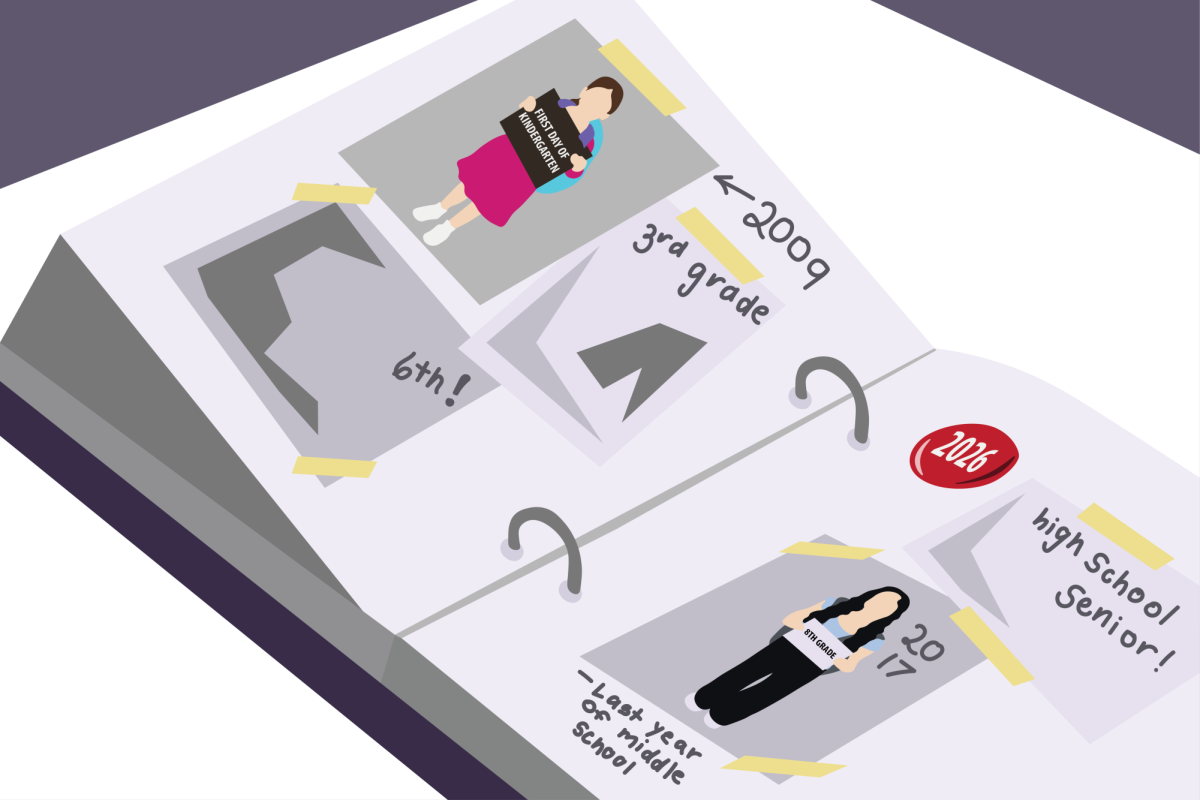When Boston University’s incoming freshmen were in the eighth, ninth and 10th grades, they may have had an unfortunately distorted view of the world of business. In the late l990s, anyone, it seemed, could be a multi-millionaire by age 29; all it took was a clever idea, preferably for an internet-related business, written on a couple of sheets of paper, with a proper “exit strategy.” The young entrepreneur would attract eager venture capital investors who would finance the start-up and, soon thereafter, the business would be sold to a larger company for megabucks, usually paid in (overvalued) corporate stock. Voila! Another “under 30” millionaire would be born.
To a teenager, who would have had no other perspective on what real business is about, the notion of easy, big money in the high-tech “new economy” may have seemed enticing. To some of us with more miles on our chassis (my automobile background finds its way into these analogies), it was all a bit surreal.
At the time, U.S. stock markets were exploding, well beyond anything justified by real corporate earnings. After decades of roughly eight to 10 percent average annual increases in the value of equities like common stocks, in the last half of the 90’s it seemed that anything less than a 15 to 20 percent annual rate of increase in one’s portfolio was “wimpy.”
Well, reality has set in. The bursting of the “dot-com bubble” and the weakness in the U.S. economy is, essentially, a return to economic sanity. Even when the Dow-Jones Industrial Average, which peaked two-and-a-half years earlier at 11,750, reached its frightening low level of 7,533 two months ago, the average had, nonetheless, increased at a compounded annual growth rate of 8.7 percent over the prior 10 years (from 3,286 to 7,533.) At the present level — about 9,000 as I write this piece — the annual compounded rate of growth for Dow-Jones stocks over the past 10 years is a healthy 10.7 percent.
The “many trillions of dollars of value lost” in the past two years were essentially unsustainable paper values. Company stock prices should represent an underlying stream of earnings for their shareholders; stock prices are often expressed in “earnings per share.” (For the 30 years from l962 to l992, the price-earnings ratio for stocks in the Standard and Poors Index was about 15:1. By January 2000, it reached nearly 40:1!) When in the late 90’s many high-tech stocks were selling at absurdly high prices with no earnings (large losses, in fact) and no near-term prospect of earnings, something was clearly amiss.
But reality has descended with a vengeance and we have all been sobered by the impact. Many people who thought they had accumulated a handsome retirement nest egg find that the value of their holdings has dwindled. That is very difficult on a human level, and yet it’s clear that the share values of the late ’90’s were unreal.
None of this is intended to forgive the dozen or so highly visible examples of unlawful behavior by corporate executives who must be brought to justice. But there are approximately 17,000 publicly held companies in America, and it would be a mistake to assume that the behavior of a few represents the many. Business, in the end, is the engine that develops and produces our goods and services, our jobs and, ultimately, our standard of living. In our capitalistic society, responsible businesspeople are truly adding value, “lifting the tide for all boats.”
The current economic shakeout in the U.S. is not easy for anyone, but it may hold some wholesome lessons for young college students — a silver lining on the current economic clouds. One lesson is that there must be an underlying, sustainable basis for establishing value-strong products, a loyal customer base, a sound business model (i.e., a revenue stream larger than the expense stream) and talented management.
It has become refreshingly fashionable again for students to seek jobs with companies that actually make things — goods or services — who have real customers, who operate at a profit and who have a reliable management team. Hopefully students will never stop dreaming and innovating, but working first for a successful company is almost always a good idea. A mature firm can usually impart good business habits to young employees.
At the moment, hiring of college graduates is at a low point as U.S. companies are retrenching and rebuilding. But I believe the U.S. economy is fundamentally sound. The technology revolution is certainly real, despite the dot-com bust, and it is altering the way business operates at every level. Productivity is up and inventories are down, thanks to digital technology. Those are but two underlying economic strengths.
Hopefully, well before the entering class graduates, the economy will have rebounded and normal hiring will be resumed. And the more realistic class of 2006 will be seeking to make a real difference rather than a real fortune — at least at the outset. That’s all for the best.




















































































































